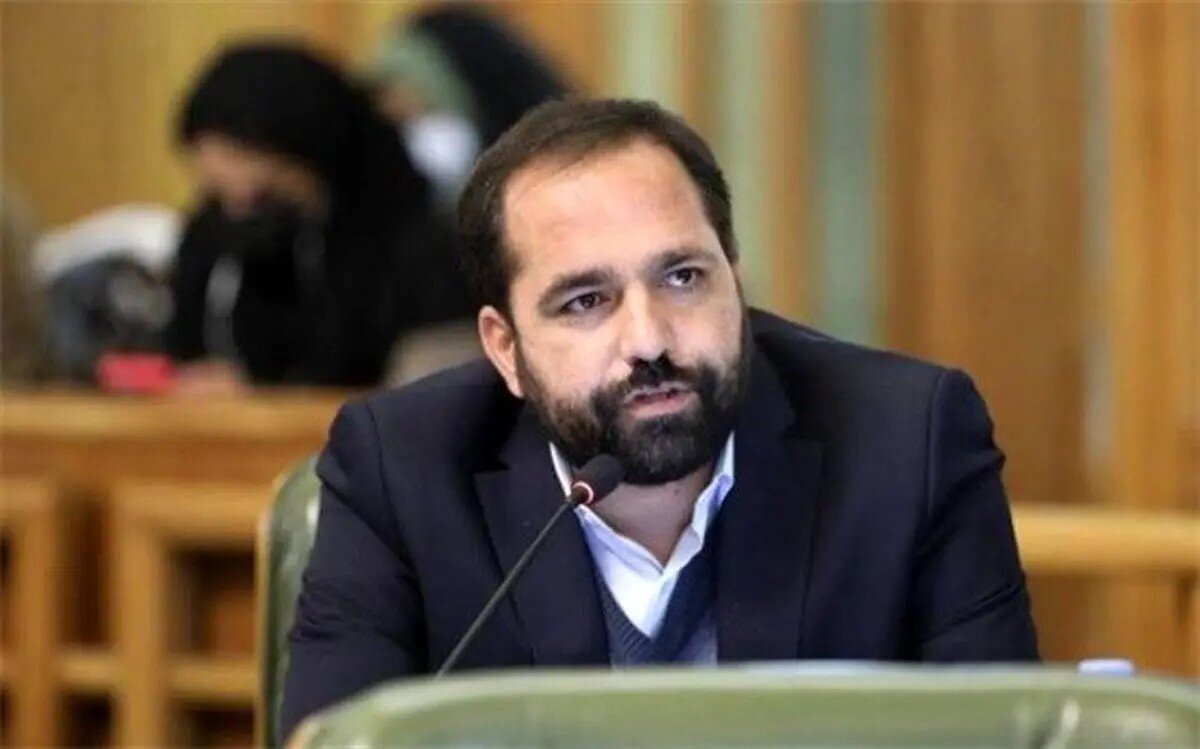Secure depositories for museum treasures to be constructed in Tehran

TEHRAN — Ahmad Alavi, a senior official of the Tehran City Council, announced that plans have been approved to build four secure depository facilities designed to safeguard ancient artifacts and museum items during times of conflict.
He told ILNA: “Today, our problem is not depository. In fact, we don’t have any shortage of depository as a storage for keeping the precious items. The problem is a lack of a secure place for museum items during a crisis, such as war. We have limited places for keeping museum items in Tehran.”
On the construction of new depositories in Tehran, he said, “The issue was discussed during our sessions with Tehran City Council’s Cultural Commission and the Cultural Heritage Ministry’s Research Institute. What the Cultural Commission ratified was that we should oblige Tehran Municipality to find places in four spots of Tehran to establish the depositories during next Iranian year and we allocate a credit to establish for secure depositories and nine depositories for keeping the cultural heritage items.
Since doing this needs lots of credit, we postponed it to the next year so that a budget will be considered for it.”
According to the statement of the head of Iran’s Directorate of Museums, there are only 68 temporary secure depositories across the country, of which only six depositories have the special museum standards.
Therefore, in line of safeguarding Tehran’s cultural identity, it was decided that the secure depositories are constructed for keeping the ancient and museum items in various parts of the capital city with scientific cooperation of head of Tehran Islamic City Council’s Cultural Heritage Committee and head of Cultural Heritage Ministry’s Research Institute during their joint session.
Weeks after a halt in the 12-day Israeli-imposed war on Iran, Deputy Cultural Heritage Minister Ali Darabi announced the development of a three-stage plan for the safe and gradual reopening of museums and historical sites.
He also said that this roadmap has been designed with using the learnings of cultural crisis management and in line of global documents, particularly the 1954 Hague Convention which aims to protect cultural property, such as monuments of architecture, art or history, archaeological sites, works of art, and manuscripts. Its concentration is on safeguarding the identity assets of the country and recreating the social role of organizations which preserve the cultural heritage, he added.
He explained that the plan will be implemented in three phases. At first, the limited and specialized-based reopening (for one month): In this stage, the visits are conducted in low-risk provinces with approval of the provinces’ Supply Council and in proportionate with capacity and resilience of the sites, he mentioned.
The priority goes with sites which don’t have museum and are located in open space or archaeological sites such as Naqsh-e Jahan Square, Taq-e Bostan, Bisotun, Iranian gardens, historical mosques and Bam Citadel, he added.
Darabi explained that the second stage, which includes expanding gradual reopening, will be put into practice one month after implementation of the first stage. In this stage, other museums and stations will be reopened gradually through observing the protection obligations, he added.
According to him, the third stage includes complete reopening and returning to the normal pattern of exploitation of the museums.
In this stage, with receiving the final reports from security organizations regarding stability of the conditions, museums and stations will be completely reopened and sideline services such as stores, café museums and collaborative operations will be resumed, he said.
At end of this stage, the report of performance of crisis taskforce, documentation of the lessons and assessing the protective checklists will be put on agenda, he added.
Darabi emphasized that the gradual and secure reopening of the country’s museums and historical stations is a measure in line of returning to stable cultural conditions and a smart pattern for management of the cultural heritage sector in high-risk conditions.
KD
Leave a Comment